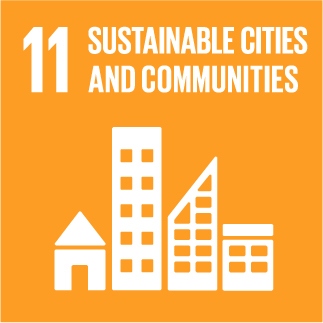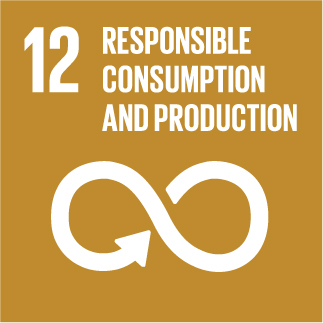URBANREC
Freeze dried extract from olive leaves: Valorisation, extraction kinetics and extract characterization
Valorization of olive leaves (OL) in a biorefinery context should include extraction of bioactive compounds, specially taking into account the high content of extractives of this by-product. Extraction of bioactive compounds from Spanish OL (cultivar “Serrana de Espadán”) was studied by conventional and ultrasound assisted extraction (UAE). Faster extraction was observed by UAE, although similar final extraction yield was reached by both technologies. The best extraction solvent was an 80% ethanol hydroalcoholic mixture at a ratio of 20 mL per gram of dried OL (DOL). At these conditions the highest content of oleuropein and luteolin-7-O-glucoside was determined as 31 ± 2 and 4.1 ± 0.2 mg/gDOL. The power law and the Weibull models fitted the total phenolic compounds extraction kinetics quite well. The major soluble carbohydrate was mannitol, with a content of 4.48 ± 0.09 mg/gDOL in the extract. The influence of OL source was also studied and it was concluded that the leaves collected as wastes from the factory presented the highest phenolic yield and antioxidant capacity.
The optimum extract was freeze dried resulting in a solid power with more than 11% of oleuropein and 17% of mannitol. Antioxidant activity of the freeze-dried extract was preserved for two months.

» Author: M. Kashaninejad, M.T. Sanz, B. Blanco, S. Beltrán, S.Mehdi Niknam
» More Information

This project has received funding from the European Union's Horizon 2020 research and innovation program under grant agreement Nº 690103




URBANREC Guidelines by URBANREC Consortium is licensed under a Creative Commons Reconocimiento-NonComercial-NoDerivatives 4.0 Internacional License.
Puede hallar permisos más allá de los concedidos con esta licencia en www.aimplas.net
